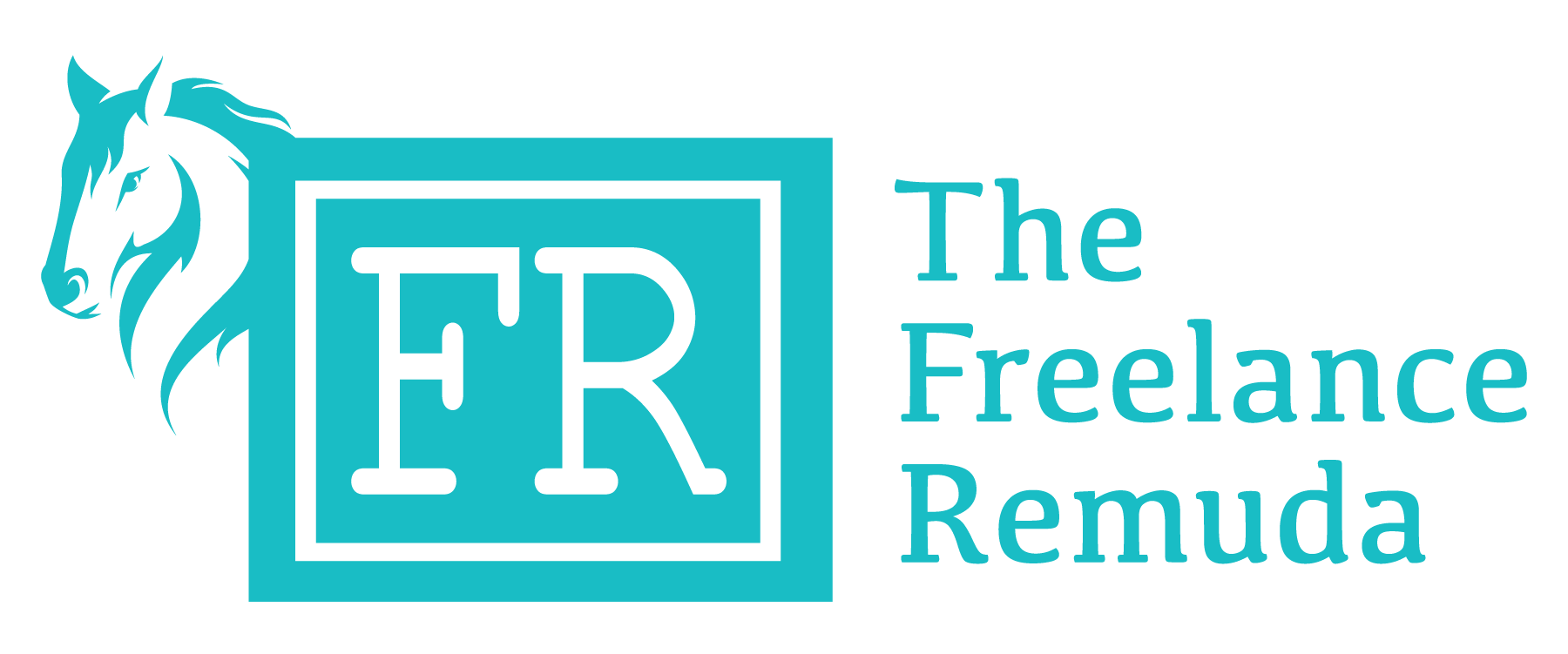Full-Time Freelancing in a Pandemic
Going full-time as a freelancer is tough, and holding on through a global pandemic is even tougher. Katie Navarra did just that and the New York equine media professional just celebrated a full year as a full-timer. Her advice? Read on in this guest blog exclusive for The Freelance Remuda!
Celebrating a full year of full-time freelancing
By Katie Navarra
Who would have thought 2020 would have been a good year to launch a business?
Turns out that the timing was perfect for me. I was lucky enough to have a high school English teacher suggest a career writing for horse magazines. After college, I needed health benefits and a salary, which meant a full-time job.
For 15 years I juggled a day job with building a lucrative freelancing business. In December 2019, I decided I was done reporting to a supervisor. I submitted my resignation in February 2020 with my last day on March 6, 2020. Little did I know the coronavirus lockdown would begin a week later.
Despite the craziness of the pandemic, I had my best year of freelancing ever, nearly doubling my income. Working two jobs was stressful but I am grateful that a career outside the industry allowed me to build a profitable side hustle created an easy transition away from a weekly paycheck.
Every person’s journey is unique to their goals and situation. Mixing and matching strategies that have worked for others helped piece together an approach that worked for me. That’s why I love sharing my journey with others – so that they can find a nugget of useful information.
• Hired a coach
There’s a difference between consulting and coaching. Consultants guide clients through a tactical strategy for achieving goals. Coaching diggers deeper below the surface to help people uncover what is truly holding them back.
For me, that was the financial implications of leaving behind a paycheck. Through coaching, I came to understand how my beliefs around money were preventing me from launching my own business. My coach guided me through weekly sessions to change my mindset and breakthrough that barrier.
• Created a financial plan
A supervisor (and mentor) once told me that to successfully launch a business, a person should have three years' salary in the bank. That advice was a blessing and a curse. Each successive full-time position paid more money, so the end goal kept increasing so that target “number” kept moving. Working with a financial planner and a coach helped me realize I could be comfortable with the safety net I had built over time.
• Expanded into other niches
There were times I wished I went full-time freelance earlier in my career, each professional position created additional income streams. Drawing from five years at a statewide K-12 association helped me negotiate a monthly contract with a national education publication. Management and sales development has opened opportunities at financial publications. Technical experience in the landscape industry led to writing in that space too.
There have even been stories that have allowed me to bring my passion for horses and farming into mainstream publications. Last year I got to write a story for a human resources outlet titled "What employers can learn about biosecurity from veterinarians.” A high school chemistry publication hired me to write a story about converting methane gas from dairy farms into renewable energy sources. Best of all, it's rewarding to shine a spotlight on agriculture and the horse industry in mainstream media outlets.
• Followed the 20% rule
No single customer accounts for more than 20% of my total income. Relationships are at the heart of a successful freelance business, but editors can’t control all factors. About five years ago, an editor gave me a year of assignments for two agricultural publications. A week later both titles closed. I panicked. That media company hovered right at that 20% threshold of all my clients. It meant extra effort to find new work but it didn’t devastate my business. From then on, I've closely monitored the income from each client and plan for balancing out revenue based on this approach.
• Looked ahead
Since landing that first full-time job after college and launching a freelance business there’s been little time to look ahead. I had to put my head down and grind through long hours to fit in family, work, writing, and time to ride. That meant putting other passion projects on hold.
When I finally left my job in March I had the time and the mental headspace to revisit those big ideas. Executive leadership has always been a significant interest of mine. Through the years I’ve completed three community based leadership academies, which laid the groundwork for the next phase of business—adding life and leadership coaching services. Enrolling in a program through Rutgers University was just what I needed to move in this direction. Adding coaching services to the writing side of the business keeps things fresh and feeds the soul.
• Parting advice
Get involved with American Horse Publications! I wouldn’t have had the level of success without joining AHP. It’s where I’ve met some of my closest friends and develop lasting business relationships. There are also student awards, the annual Equine Media awards, and educational sessions at the annual Seminar.
Over the years I’ve been inspired by peers who have embraced the risk of working for themselves earlier in life. Sometimes I’ve even wished I was a little braver in making the leap. But that’s the beauty of a freelance career—there’s no single right answer to success. It’s a journey that can be molded and shaped to your needs and goals.
Visit katienavarra.com to see more on Katie’s work. She’s also a contributor to the Freelance Remuda, and you can hear her in Episode 16, where she talks about building rapport with clients and sources.


